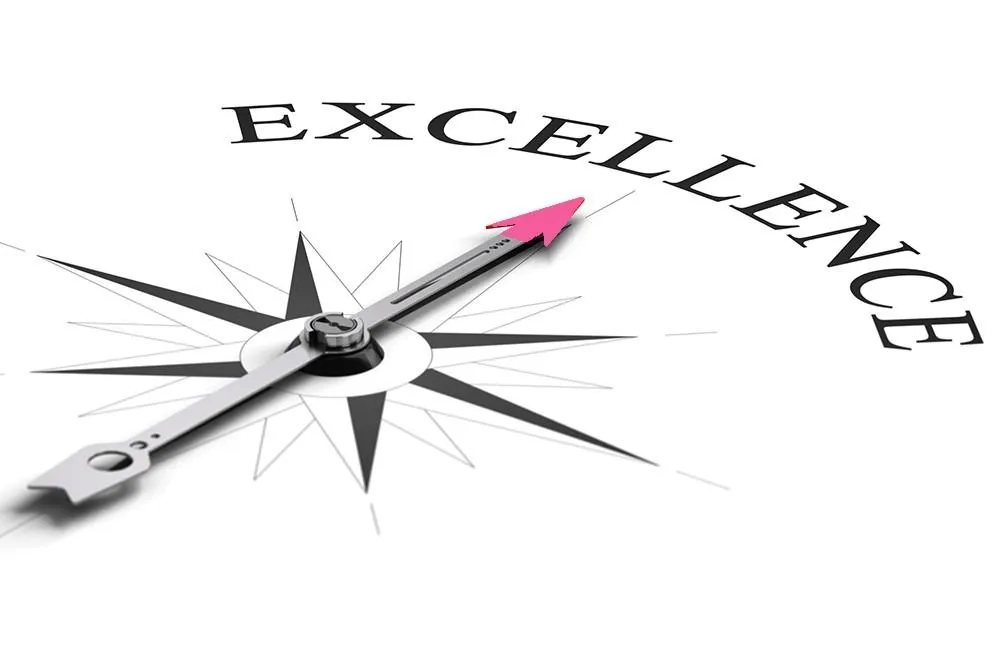LEADERSHIP BLOG
Articles, Advice & Inspiration
Leadership ∘ Business ∘ Strategy ∘ Ministry ∘ Sustainability
Across diverse sectors, leaders face multifaceted challenges that demand tailored strategies for success. These blog post ideas delve into crucial areas such as...
Strategy Development
Organizational Structure
Business Planning
...offering nuanced insights and actionable strategies customized to the unique contexts of...
Non-Profit Leadership
Higher Education Leadership
Startups & Small Businesses
Enterprises
From addressing deficits and delays to enhancing profitability and sustainability, these posts provide practical guidance to empower leaders in navigating complexities, driving sustainable growth, and effecting positive change within their organizations.

The Path to Organizational Excellence: Aligning Structure, Strategy, and Culture
Achieving organizational excellence isn’t just about having a brilliant strategy or a great team. It's about creating a harmonious alignment between your organizational structure, strategy, and culture. When these three elements are in sync, your organization can move forward with clarity and purpose, driving sustainable success. Let’s delve into why this alignment is crucial and explore how leaders can achieve it effectively.
Understanding the Triad: Structure, Strategy, and Culture
Organizational Structure: This is the framework that defines how tasks are divided, roles are defined, and how information flows within the company. A well-designed structure supports efficient operations and clear accountability.
Strategy: Your strategy outlines the long-term goals and the plan to achieve them. It’s the roadmap that guides decision-making and resource allocation.
Culture: This encompasses the values, beliefs, and behaviors that shape how your team interacts and works. A strong culture aligns with your strategic goals and fosters a productive and positive work environment.
Why Alignment Matters
When structure, strategy, and culture are aligned, it creates a cohesive environment where every part of the organization works towards common goals. Misalignment, on the other hand, can lead to confusion, inefficiencies, and disengagement. For instance, a hierarchical structure might stifle innovation in a company that values creativity, or a fast-paced strategy might clash with a risk-averse culture.
Steps to Achieve Alignment
1. Assess and Understand Your Current State
Start by evaluating your existing structure, strategy, and culture. Gather feedback from employees at all levels to understand how these elements currently interact and where misalignments might exist.
Tip: Conduct surveys, hold focus groups, and perform SWOT analyses to get a comprehensive view of your organizational dynamics.
2. Define Your Vision and Strategic Goals
Clearly articulate your long-term vision and strategic objectives. Ensure these goals are communicated effectively throughout the organization so that everyone understands the direction and priorities.
Tip: Use clear and consistent messaging in meetings, newsletters, and training sessions to reinforce your strategic goals.
3. Align Your Organizational Structure
Review and adjust your structure to support your strategy. This might involve redefining roles, changing reporting lines, or implementing new processes. The goal is to create a structure that facilitates rather than hinders strategic execution.
Tip: Consider adopting a flexible or matrix structure if your strategy requires agility and cross-functional collaboration.
4. Cultivate a Supportive Culture
Aligning culture with strategy involves embedding your strategic goals into the company’s values and daily practices. Promote behaviors and attitudes that support your strategic direction through leadership example, recognition programs, and consistent communication.
Tip: Develop cultural ambassadors within the organization who exemplify and promote the desired values and behaviors.
5. Foster Continuous Communication and Feedback
Open lines of communication are crucial for maintaining alignment. Encourage regular feedback and dialogue between leadership and employees to ensure that adjustments can be made as needed and that everyone remains engaged and informed.
Tip: Implement regular town hall meetings, Q&A sessions, and anonymous feedback channels to keep the conversation flowing.
6. Monitor and Adjust Continuously
Alignment is not a one-time effort but an ongoing process. Regularly review and adjust your structure, strategy, and culture to respond to internal changes and external pressures. Be agile and ready to pivot when necessary to maintain alignment and drive success.
Tip: Use performance metrics and KPIs to measure progress and identify areas needing adjustment. Conduct regular strategy reviews and cultural audits to stay on track.
Practical Examples of Alignment
Case Study 1: Tech Startup
A tech startup focused on rapid innovation might adopt a flat organizational structure to encourage creativity and quick decision-making. Their strategy to bring new products to market swiftly is supported by a culture that rewards risk-taking and continuous learning.
Case Study 2: Healthcare Organization
A healthcare organization aiming to improve patient care quality might implement a more hierarchical structure to ensure compliance and accountability. Their strategy would emphasize safety and efficiency, supported by a culture of empathy, teamwork, and meticulous attention to detail.
Conclusion: Leading the Way to Excellence
Aligning structure, strategy, and culture is a journey that requires deliberate effort and ongoing commitment. By ensuring these elements work in harmony, leaders can create a cohesive and dynamic organization capable of achieving sustainable success. Embrace this holistic approach, and watch as your organization moves towards excellence with clarity and purpose.


© Copyright 2025. Dr. Jacqueline Dowdy. All Rights Reserved.